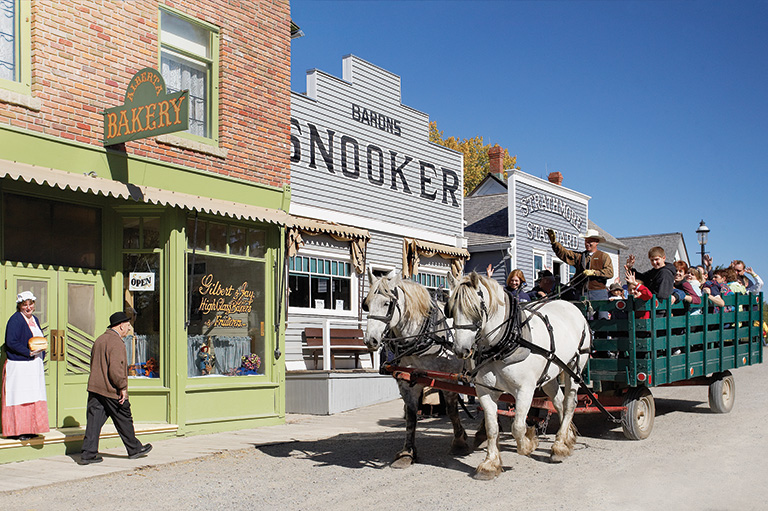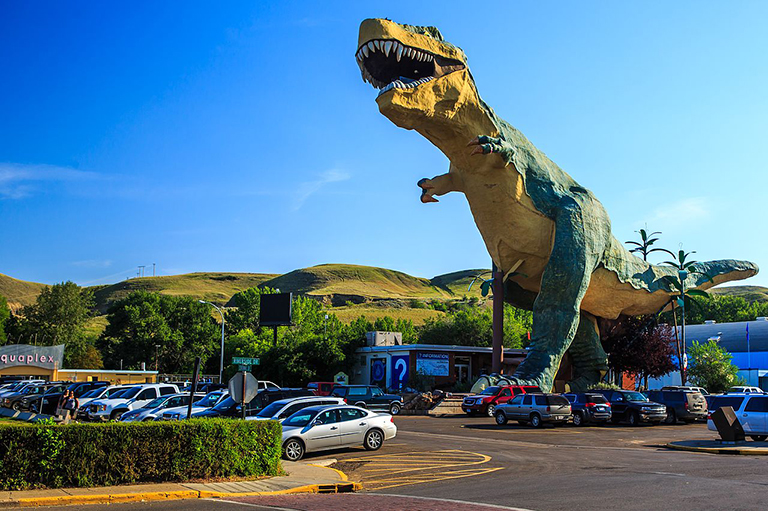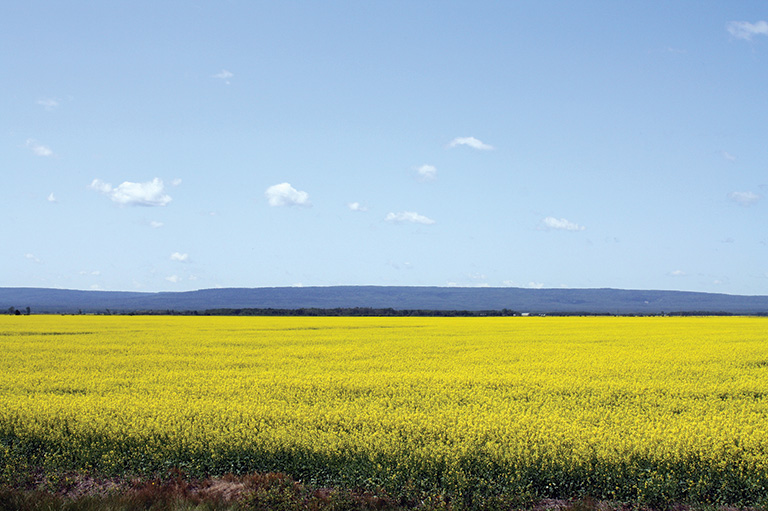Mining Hope
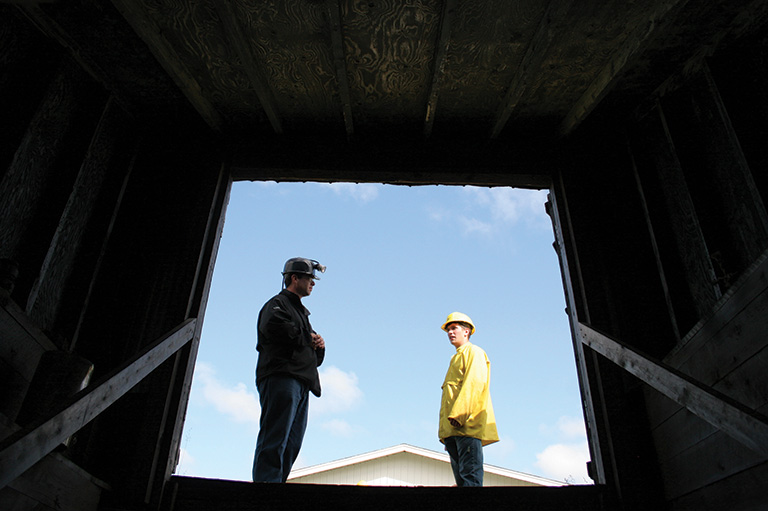
We’re speeding along the highway in north-central Nova Scotia, the scenery a blur of rolling, forested hills, when a sign appears in the distance. Growing closer, we make out the words: “Springhill — You should see us now.”
I pause momentarily.
For most passersby, this slogan would seem little more than a platitude. But for those who know the history of Springhill — a town all too familiar with disaster and sacrifice — it’s a defiant declaration that there’s life after loss.
Once, Springhill was synonymous with coal mining. Today it’s synonymous with coal-mining disasters, due to three terrible events that took the lives of several hundred men and ultimately killed the industry here.
As we head down Main Street, evidence of the town’s mining heritage abounds. White paint flakes off Miner’s Hall, established in 1927. The adjacent lot contains several grey concrete slabs and a tall monument, all bearing names of the many miners here who died in the pits.
We pull into the parking lot of the Springhill Miner’s Museum. Inside the nearby wash house, tour guide Tony Somers — decked out in a miner’s hard hat and thick-soled boots — is speaking to a group of teenagers who are in town for a music competition. He stands in the “dry” room, surrounded by picks and round-bladed spades — the tools of the trade for miners. Overhead, hanging by hooks from the ceiling, are the spare boots and clothing left behind by the last shift of men to ever work the mine.
Springhill’s first mine disaster occurred in 1891, when a coal-dust explosion ripped through the No. 1 and No. 2 collieries, killing 125 and wounding dozens more. A second disaster occurred in 1956, killing thirty-nine in the No. 4 shaft.
The mine museum is located at the former site of the Syndicate Mine, opened in 1960 and operated for ten years before the company shut it down for economic reasons. “The company just walked away,” Somers says. “Lots of men never got their final paycheque.”
Somers’ grandfather Harvey was a coal miner and was underground the day of Springhill’s most infamous mine disaster — the “bump” of October 23, 1958.
“He was working the night the bump happened,” Somers says. “Luckily, he was up higher in the mine and was able to escape.”
The accident occurred at the No. 2 colliery, which, at approximately 4,300 metres, was one of the deepest mines in the world. At around 8:00 p.m., the floors of the coal shafts suddenly slammed into the ceiling. Most men caught in the vicinity of the bump were crushed immediately.
A handful of miners were trapped. The disaster, followed by a dramatic, almost week-long rescue effort, was covered live by CBC Television and beamed around the world. In the end, seventy-four of the 174 men caught in the disaster were killed.
Ironically, Somers says most miners welcomed small seismic tremors in the mines.
“It loosened up the coal,” he explains. The 1958 bump, however, was an industry killer. The mine never reopened, and over the ensuing decades Springhill saw its population erode from a high of 11,000 to less than 3,500 today.
Somers leads us to the lamp cabin. This is where miners traded in a small, round ID tag for a lamp and battery apparatus before heading down into the pit. Each miner was given an ID number, and they kept a duplicate tag in their pocket when they went underground. “It helped ID the dead bodies,” Somers says grimly.
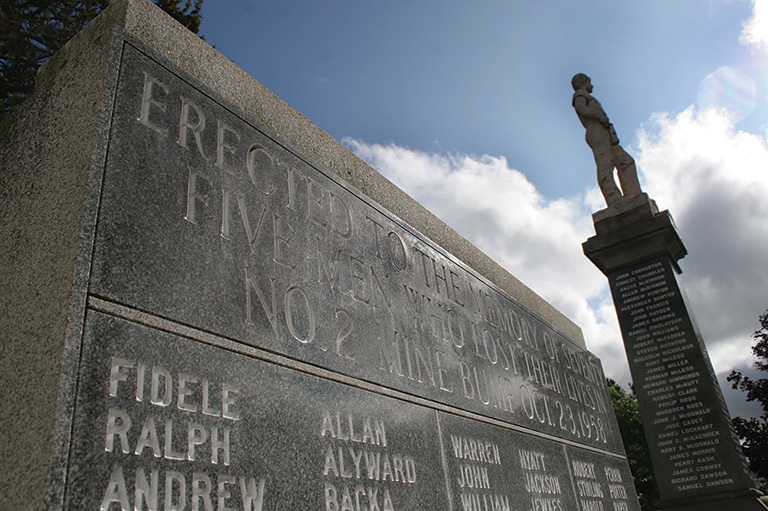
Donning hard helmets and rain gear, we begin our descent into the mine. The walls of the shaft are dark and dank and the height from floor to ceiling is barely two metres.
The floors are slick with continuously dripping water, which seeps through the braced wooden ceilings. The floor of the mine descends at a twenty-eight-degree angle — steep enough to make you feel tipsy if you stand in one place for too long.
Tough doesn’t begin to describe the miners who made these shafts their second home. Working “barefaced” — without breathing gear — the miners constantly sucked a stream of black soot into their lungs. Somers says most miners chewed tobacco because it was the only way to keep their throats moist.
The actual mining was done with pick and shovel, with miners on their knees hacking and stabbing at the coal seams in search of the bituminous black gold. Their only companions were pit ponies — sturdy steeds that spent their entire lives underground, as well as canaries, a sort of avian alarm system for gas detection, and rats that followed the men down in search of food.
“The men liked the rats,” Somers says.“They had the sixth sense. If you saw a bunch of rats running for the surface, you took off after them!”
We pass by a narrow airflow tunnel and enter another shaft. Suddenly, Somers slams a door behind us and turns off the artificial lights. We find ourselves in utter blackness, devoid of shape or sensation. It’s impossible to see your hands in front of your face.
All we hear is the breathing of the man or woman standing beside us. After a few minutes, we all begin to feel claustrophobic. I can’t imagine how it must have felt for the dozen men who were trapped underground in the No. 2 colliery for almost seven days during the 1958 bump before being rescued.
When Somers finally restores the lights, there’s an audible sigh of relief from all of us.
Normally, the mine tour would also include a visit to a coal face, where pick-wielding tourists can hack a souvenir piece of coal out of the wall. However, the area of the coal face flooded in the spring of 2009 and had not reopened by the time of our visit.
A little later, we emerge from the mine. The air has never tasted sweeter, nor has the sky seemed so blue. I ask Somers how Springhillers feel about their town’s bitter legacy. Almost sixty years have passed since the last disaster, but for many Sprinhillers, it still seems like yesterday.
“There’s still a lot of hard feelings,” he says. “A lot of people lost their loved ones in the mines. A lot of Springhillers won’t come here because of the loved ones they lost.”
The conversation turns to the future of the town. Besides mine tours, the other major tourist attraction is the Anne Murray Centre (she’s a Springhiller).
Somers pauses, then mentions the flooded mine shafts beneath the town. For the longest time, the flooding of the mine shafts has symbolized the failure of the industry.
However, in an ironic twist, these flooded shafts today represent the best potential for the town’s revival. Springhill has become a hotbed of geothermal energy production, derived from the pressure-heated floodwaters in the coal shafts. From coal’s black past springs a greener future.
“That’s my hope, at least,” Somers says. “A greener future.”
Themes associated with this article
Advertisement

